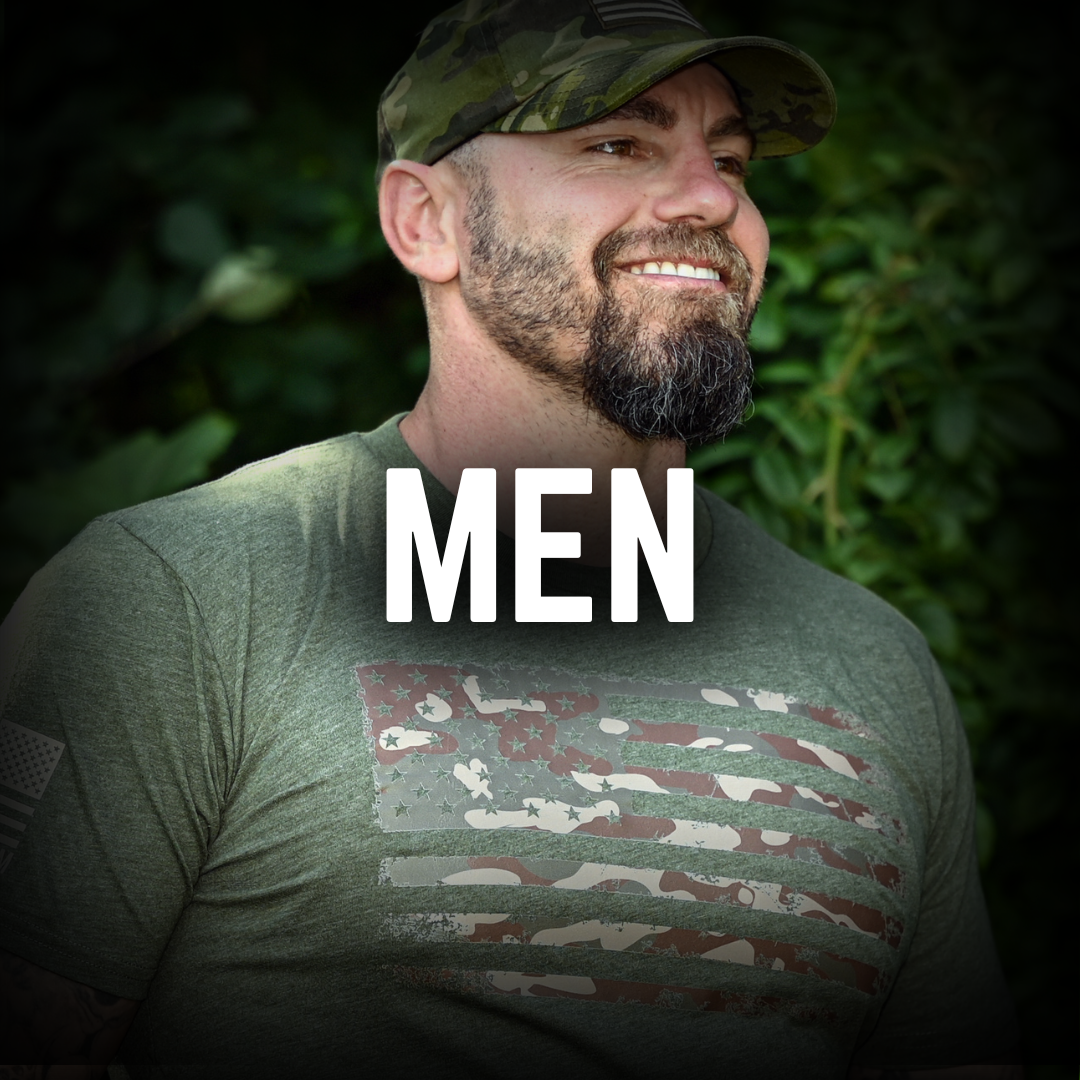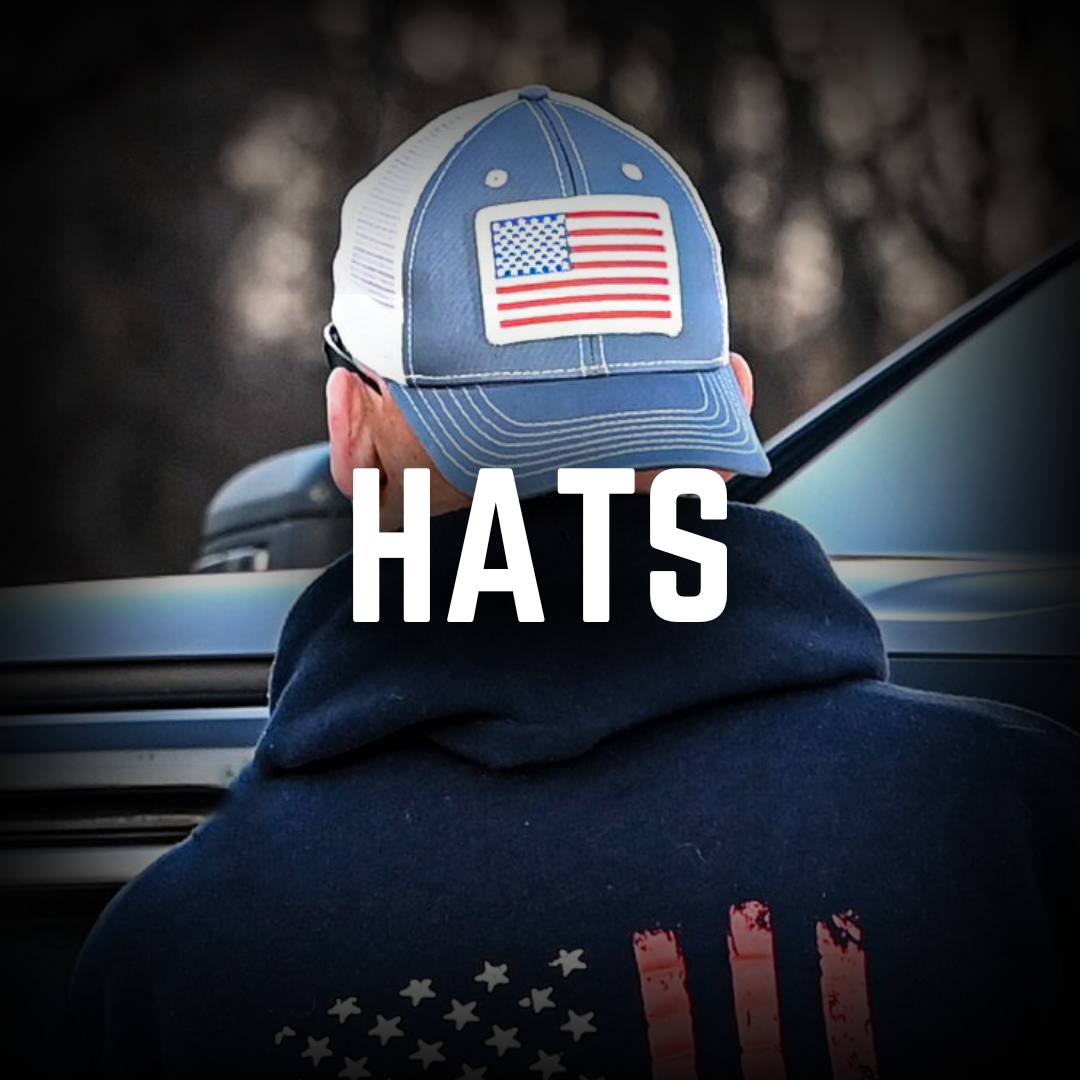Most patriotic Americans learn about the Bill of Rights in high school, which contains the first ten Amendments to the Constitution of the United States.
The Second Amendment, which protects and enshrines the right to keep and bear arms, is an integral element of American freedoms. Knowing its definition, meaning, history, and landmark Supreme Court cases is essential for any patriot.
The Second Amendment and its Definition
“A well regulated Militia, being necessary to the security of a free State, the right of the people to keep and bear Arms, shall not be infringed.”
Ratified on December 25, 1791, alongside the other nine Amendments comprising the Bill of Rights, these 27 words make up one of the cornerstones of liberty in the United States and promote the American way of life.
The role of the Second Amendment is to protect an individual right to bear arms for individual and collective self-defense and security against tyranny. It is also used in traditionally lawful activities such as hunting or sport shooting.
Constitutional or foundational legal documents in many other countries outline which rights the government grants its citizens. However, the Second Amendment recognizes and enshrines a right that all Americans possess.

Historical Background of the Second Amendment
The principles outlined in the Second Amendment (the right to keep and bear arms) are partially descended from the English Bill of Rights of 1689. This foundational document of English common law was drafted after the English Civil Wars and is one of the primary inspirations for the U.S. Bill of Rights.
Sir William Blackstone, a notable 18th-century English jurist, described the right to keep and bear arms as a right subordinate to what he viewed as the primary rights of personal liberty, property, and security.
Blackstone’s interpretation was a significant influence behind the principles outlining a right to keep and bear arms for self-defense and protection against tyranny. However, the English Militia Act of 1757 also served as a significant influence, which connected the right to the concept of a state militia.
What is the Militia?
The United States Constitution was drafted during the Constitutional Convention between May and September of 1787 and ratified in 1791 at the Virginia Ratifying Convention. Fifty-five individuals, known today as the Framers of the Constitution, were responsible for drafting America’s foundational document.
Although multiple Framers were instrumental in defining what the militia is and what it means to the right to keep and bear arms, George Mason’s quote is best known:
“I ask, sir, what is the militia? It is the whole people, except for few public officials.”
In Mason’s view, as in many other Framers at the time, the militia was composed not of a regular, standing army but of the people and, more specifically, any individual capable of bearing arms.
The Meaning of Well Regulated
While the Framers viewed the well-regulated militia as composed of the people, the meaning of the words “well-regulated” has changed significantly since the late 18th century.
Using today’s commonly understood definitions, the operative word in “well regulated” is “regulate,” which is synonymous with governing or directing according to rules or laws.
By applying this modern definition to well regulated, many conclude that a well regulated militia means laws restricting people’s right to keep and bear arms, such as gun control laws. This interpretation is one of the core arguments of pro-control advocates and organizations in the gun control debate.
However, a different definition was more common at the time. According to 18th-century editions of the Oxford English Dictionary, the phrase well regulated was synonymous with “in proper working order” or “working as intended.” In other words, a well regulated militia means a militia that is adequately equipped, well-trained, and properly organized to fulfill its duties.
Landmark Second Amendment Cases
Multiple interpretations of the Second Amendment exist. However, only the Supreme Court of the United States (SCOTUS) can decide whether a particular gun law or executive order is constitutional, including those restricting the right to keep and bear arms.
Below is a list of landmark Second Amendment cases and the resulting Supreme Court interpretations.
United States v. Miller (1939)
The court held that restricting the ownership of short-barreled shotguns (SBS), such as those defined under the National Firearms Act of 1934 (NFA), isn’t unconstitutional.
Per the wording used in the primary holding, SCOTUS considers that only weapons with a “reasonable relationship to the effectiveness of a well-regulated militia” can avoid government regulation.
However, the interpretation of this ruling remains hotly debated today, as both gun control and gun rights activists cite it in their respective arguments. Gun control advocates commonly interpret the ruling as meaning the Second Amendment does not protect all weapons. However, gun rights advocates believe it guarantees the right to own weapons useful for efficient militia service.
District of Columbia v. Heller (2008)
In DC v. Heller, the court struck down a D.C. handgun ban. The holding states that the Second Amendment guarantees the right of private individuals to keep and bear ordinary weapons for traditionally lawful uses. This includes weapons not used or intended for militia service.
This ruling establishes the right to keep and bear arms in the United States is an individual right instead of a collective right. This means membership in a state militia is not required to exercise 2nd Amendment rights.
McDonald v. Chicago (2010)
The 14th Amendment’s Due Process Clause specifies that “no state may deprive any person of life, liberty, or property without due process of law.”
The Supreme Court ruled in McDonald v. Chicago that the Due Process Clause applies to the right to keep and bear arms under the Second Amendment when exercised for traditionally lawful purposes.
Caetano v. Massachusetts (2016)
The Supreme Judicial Court of Massachusetts upheld the state’s stun gun ban. It argued that stun guns were not in common use when the Second Amendment was enacted, thus subjecting them to state regulation.
SCOTUS vacated the decision, stating that “arms” refers to “all instruments that constitute bearable arms,” regardless of whether they existed in 1776. This ruling establishes that the Second Amendment protects weapons that are “bearable arms,” not just firearms.
New York State Rifle & Pistol Association v. Bruen (2022)
Although New York allows people to carry concealed firearms if they have a concealed carry license, the state’s concealed carry laws worked under the may-issue system. The law required citizens to “prove proper cause and granted issuing authorities the discretion to allow or deny applications arbitrarily.
The Supreme Court ruled this type of arbitrary may-issue system unconstitutional. They extended gun ownership rights to include the right to carry a firearm for self-defense outside one’s own home.

Shop All-American Clothes at Freedom Fatigues
Freedom Fatigues is a proud veteran-owned business with two core missions: to provide the highest-quality patriotic apparel to American citizens and to support the uniformed men and women who keep us and our country safe.
A percentage of all sales goes to organizations helping wounded and mentally ill veterans and first responders, such as Mission 22 and First H.E.L.P., ensuring your patriotic purchase helps America’s heroes.




